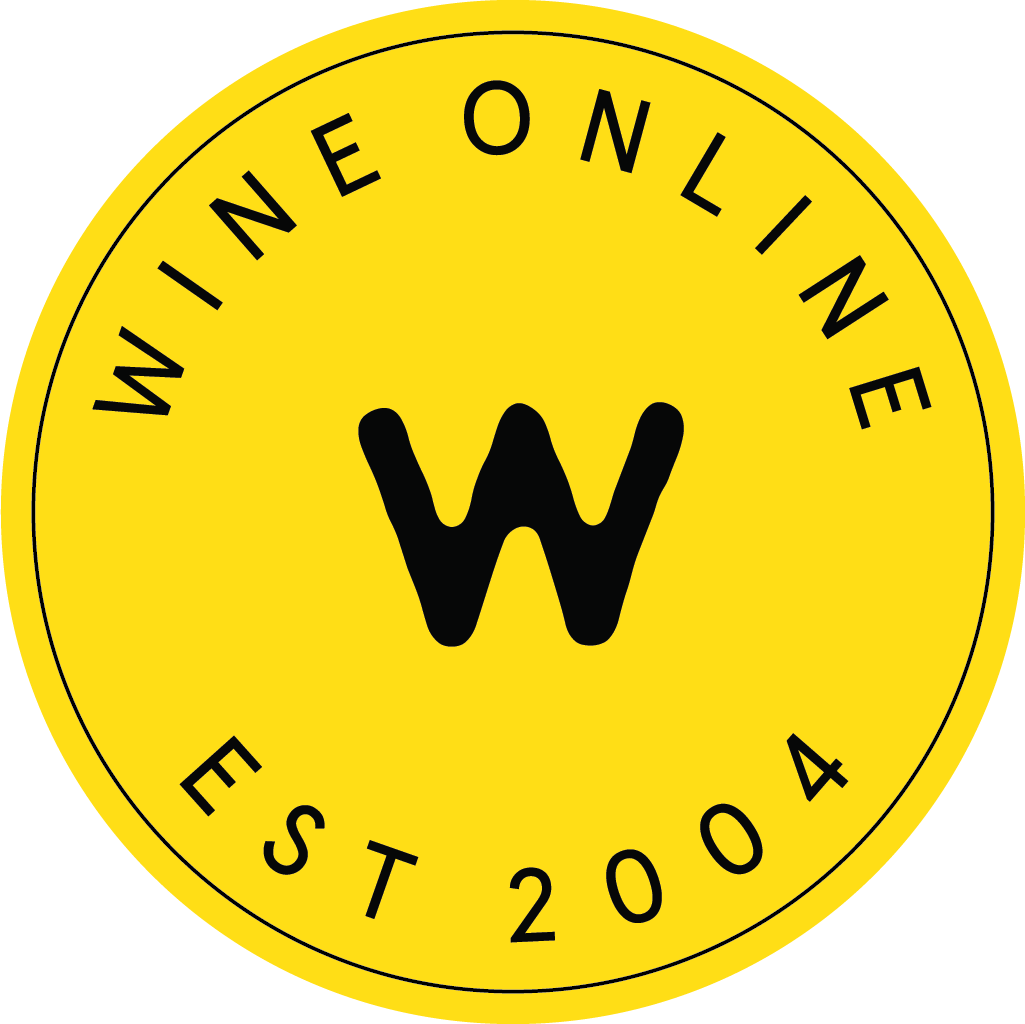
How Long Is Red Wine Good for After It Is Opened?
When we uncork a bottle of red wine to enjoy on a quiet evening, many of us might panic at the thought of not being able to finish the wine bottle, leaving us conflicted about how to store red wines to keep them fresher for longer. Especially as red wine is typically kept at room temperature, the aging process tends to be murkier for red wine, but don’t worry; we’re here to help.
We’ve created this complete guide that answers questions like how long is red wine good for after it’s opened? We also explain how the oxidation process impacts different types of red wine, helping you understand the best method to store your open bottle to keep it fresher for longer.
How Long Does It Take For Wines to Change Colour?
How long red wine is good after it’s opened will depend on factors such as the type of wine, storage method and how well you corked it. This is the case for most wines, but some will have a shorter shelf life, whereas others, like deep red wines, age slowly.
On average, red wines can last around five days once opened, depending on whether you properly store your open wine bottle. This is because opened wine is exposed to air, starting the oxidation process.

What Are the Main Influences Impacting How Long Red Wine Lasts?
As mentioned, how long leftover red wine lasts isn’t as simple as red wine lasts longer than sparkling or white wine. Many factors dictate how long a bottle of wine lasts in your fridge or wine rack. Bacteria, tannins, oxygen, and light all spoil wine. Here are some of the main influences that every budding wine collector needs to know:
Air
Air has the most significant impact on how long red wine is good for after it’s opened. Exposure to oxygen starts the oxidation process. This chemical reaction happens when oxygen reacts with the compounds in red wine.
After exposure, oxygen will break these compounds down, making the wine lighter and impacting colour, flavour and aroma. If you leave red wine exposed to oxygen for a long time, you may notice that the wine starts to taste more acidic and flat.
This is because oxygen reacts with phenolic compounds that control how fruity a wine tastes. An open bottle of wine left out in the open will eventually lose its colour intensity, gradually looking thinner and more transparent over time. Pigments in the wine break down and lose their intensity, looking browner as time goes on.
Storage Method
Unless you have access to a professional wine storage facility, you may struggle to keep your red wine fresh if you don’t use the right storage method.
Exposing your red wine to more light, air, and heat will increase the aging process, negatively impacting the wine’s flavour. Factors including the cork drying out to the position you store your opened bottle will have an impact, so think carefully about how you store your wine.
Flavour Profile
Flavour profiles can significantly impact how long leftover wine lasts. Wines that taste more acidic or bitter will typically last longer once opened due to their alcohol and sugar content.
Signature acidic wines like Sangiovese and Barbera will last longer because the acids allow less bacteria to grow, preserving as much flavour as possible. Lower acidity wines like Merlot and Grenache will allow more bacteria to grow, resulting in a shorter shelf life.
Grape Varietals
One of the main factors that impact the longevity of red wine is the grape type. Wines made from grapes, like Cabernet Sauvignon or Shiraz, are higher tannin wines.
This increased tannin content helps to preserve the wine’s flavour and, in turn, prolongs shelf life. A light red wine made from Pinot Noir grapes will last the least time due to the difference in tannin content.

Which Grape Varietals Last the Longest?
Grape varieties will decide how long both opened and unopened bottles last. Here’s a guide to two grape varieties that might last longer in your wine collection:
Cabernet Sauvignon
Cabernet Sauvignon is one of the bolder red wines with a higher tannin content, meaning it’ll last longer when opened. Cabernet Sauvignon skins, seeds and stems all produce a signature bitterness that comes from a higher tannin content. Some other factors that impact how this wine ages include:
- high alcohol content
- oak barrel ageing process
- slower oxidation process
Malbec
Malbec is known for its robust flavour profile and shares similar characteristics with other fine red wines that maintain their signature taste for longer. Here’s what keeps this wine fresher in your wine cellar:
- fruit concentration
- oaked aging process
- acidity
- tannin concentration
Which Grape Varietals Last The Least Time?
If you’re looking for a bottle of wine that lasts a long time, then we recommend avoiding wines with a lower tanning content. Here are two examples of wines that won’t last long once opened:
Pinot Noir
Pinot noir has a more delicate flavour profile thanks to its relatively low tannin content. Thin grape skins mean that your bottle of pinot noir will lose its flavour quickly and will be more susceptible to spoilage. Due to its flavour profile, light and heat also impact this wine’s intensity, so if it’s left out to age or not refrigerated once opened, it will degrade much faster.
Sparkling Rosé Wines
If you’re partial to a glass of sparkling rose from time to time, then you should know that, just like other sparkling wine, this wine spoils much faster after opening. Similar to white sparkling wines, carbonation will cause this wine to age quickly.
The trapped carbon dioxide that gives the wine its signature tingly taste triggers oxidation, making the wine lose its flavour and aroma.
On the other hand, exposing it to too much air will cause this carbon dioxide to escape, so that’s why it’s important to use a sparkling wine stopper.
High sugar and yeast content give sparkling wines depth and flavour, but they also trigger a faster aging process.
How to Store an Opened Bottle of Wine
If you want to keep your bottle of Cabernet Franc or Merlot fresher for longer, then there are some ways you can store your bottles for longer:
Use a wine stopper: Using a good wine stopper will prevent air from entering the bottle and ensure the wine oxidizes at a slower rate.
Reuse the cork: If you don’t have a wine stopper or plastic wrap to seal the neck of the wine bottle, try to get the original cork back in the bottle. This is even simpler if you have a screw cap bottle. Don’t use an old, dried-out cork, as this will allow more air to enter the bottle.
Consider using a can of argon gas: If you’re a budding sommelier, then you can buy a can of inert argon gas. Spraying this into the bottle will increase the lifespan of your bottle without interfering with your flavour.
Store in a cool dark place: One of the best ways to store red wine is to place it in a cool dark place. As mentioned, wine will react with light and heat, so keep it away from direct sunlight and avoid keeping your bottle in a warm room like a kitchen. Don’t freeze red wine. This won’t make the bottle keep for longer and will impact the wine’s chemical composition. If you wish to keep your wine for longer in a cold environment, consider using a wine refrigerator.
High-Quality Wines Delivered Straight to Your Door
Wine shopping doesn’t need to be stressful, and you certainly don’t have to venture to the liquor store to grab your favourite white wines or dessert wine for your next dinner party. You can have your next bottle delivered straight to your door by shopping at Wine Online. We have an incredible range of stunning wines perfect for any taste. We even supply accessories like stemware, corkscrews and stoppers, and so much more. Shop Wine Online today to start experiencing true quality wine from around the world.





